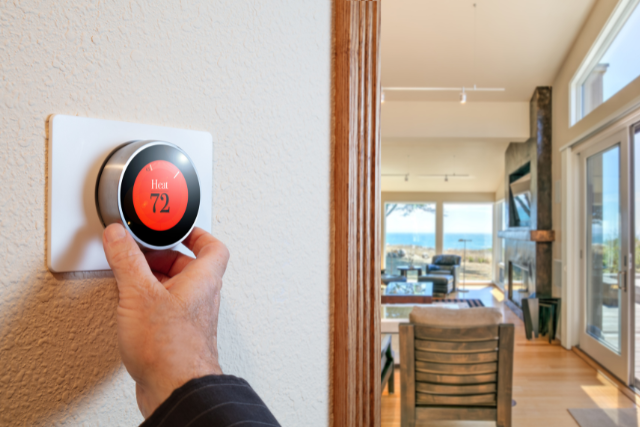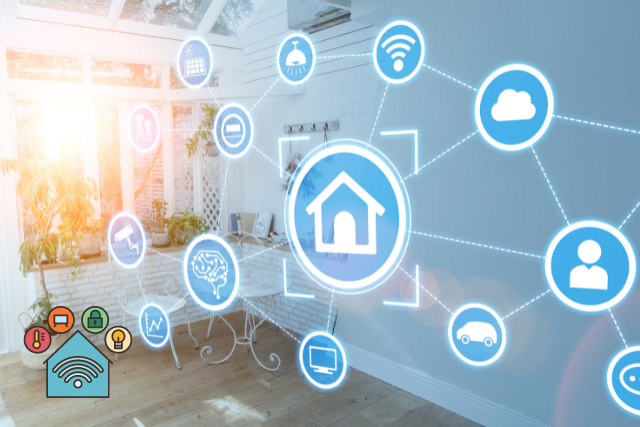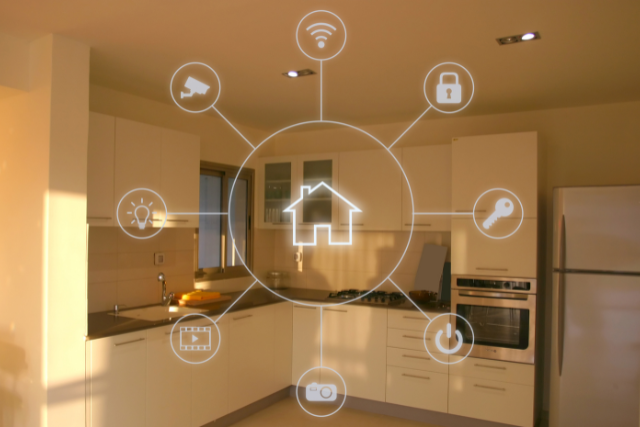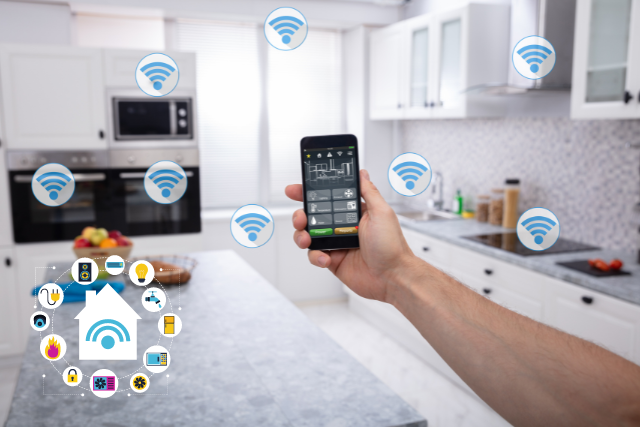Imagine a world where your home anticipates your needs, adjusting the temperature, dimming the lights, and locking the doors—all with a simple command or even without you saying a word. This is the promise of smart home automation: a life of seamless convenience, enhanced efficiency, and unprecedented control. But as with any technological leap, this promise comes with its challenges.
Beneath the surface of this futuristic convenience lies a complex web of privacy concerns and security risks. Each connected device is not just a tool for ease but also a potential gateway to your personal life. The decision to embrace smart home technology requires careful consideration—balancing the undeniable benefits of automation with the unseen vulnerabilities it might introduce.
In this journey, understanding the risks and rewards is key. Let’s explore the landscape of smart home automation together, discovering how to unlock its full potential while staying mindful of its challenges.
Table of Contents
Key Takeaways
- Smart home automation offers unparalleled efficiency, convenience, and control.
- Privacy risks and cybersecurity threats demand careful consideration.
- Robust security measures are essential to safeguard your personal data.
- Future trends focus on sustainability and advanced, secure integration.
The Allure of Automation
The charm of smart home automation lies in its ability to transform mundane tasks into seamless, efficient processes. By integrating devices like smart thermostats, lighting systems, and voice assistants, you’re not merely modernizing your home but redefining how you live.
Picture this: a single voice command adjusts your home’s temperature, dims the lights, and plays your favorite music. Automation doesn’t just simplify your routine—it elevates your productivity and comfort. These systems can even anticipate your needs by learning your habits, creating a personalized environment that aligns with your lifestyle.
Moreover, remote monitoring and control provide an added layer of security and peace of mind. Whether ensuring you’ve locked the doors or checking on energy consumption, smart home automation empowers you to manage your space effortlessly, ensuring your home works for you, not the other way around.
Privacy Concerns: The Invisible Cost of Convenience
While automation offers extraordinary convenience, it also comes at the cost of your privacy. Every interaction with smart devices generates data—from daily routines to voice commands—which often gets stored in cloud servers. This treasure trove of information is a double-edged sword, enabling personalized experiences but exposing you to potential misuse.
Data breaches, unauthorized access, and vague data-sharing policies are common pitfalls. Encryption and transparency in data handling are non-negotiable safeguards. As a user, demanding accountability and opting for devices with strong privacy measures is your best defense in protecting your digital footprint.

Security Vulnerabilities: The Achilles’ Heel of Automation
The integration of smart devices into your home introduces new security challenges. From unsecured Wi-Fi networks to outdated software, these vulnerabilities can provide an open gateway for cyber threats.
Key Security Risks:
- Weak Wi-Fi Security: Hackers can exploit poorly secured networks to access your devices.
- Default Passwords: Many devices come with factory-set passwords that users often neglect to change, making them easy targets.
- Outdated Software: Unpatched systems may contain exploitable vulnerabilities.
- Insufficient Encryption: Poorly encrypted data transmissions can leave sensitive information exposed.
To mitigate these risks, ensure your network is secure, update device software regularly, and adopt strong passwords. Prioritizing security ensures that your home remains a sanctuary, not a liability.
The Cost-Benefit Equation
Investing in smart home automation isn’t just a financial decision—it’s an investment in trust and convenience. The ability to control your home’s lighting, security, and appliances with a single device is tempting, but it’s essential to balance these benefits against potential risks.
Every device added to your ecosystem increases its complexity—and potential vulnerabilities. While the productivity gains are significant, they come with an inherent trade-off in privacy and security. Your challenge lies in navigating this balance, making informed choices that align with your values and priorities.
Future Trends and Considerations
As smart home technology evolves, so do the possibilities for integration, sustainability, and security. Staying ahead of these advancements is key to harnessing their benefits while minimizing risks.

Key Trends to Watch:
- Seamless Integration: Future systems will ensure smooth communication between devices, enhancing functionality and security.
- AI-Driven Automation: Machine learning will enable systems to anticipate your needs, though this demands stringent data protection measures.
- Advanced Security Protocols: Innovations like biometric authentication and anomaly detection will strengthen defenses against cyber threats.
- Sustainability Focus: Smart homes will increasingly emphasize energy efficiency and eco-friendly practices, blending convenience with environmental responsibility.
By remaining proactive and informed, you can embrace these advancements while maintaining control over your personal space and data.
Frequently Asked Questions
1. How does smart home automation impact energy consumption?
Automation optimizes energy use, reducing waste and promoting sustainability. Smart systems like energy-efficient lighting and thermostats help you lower your carbon footprint.
2. Can smart devices work effectively in areas with poor internet connectivity?
Many smart devices rely on stable internet connections. In areas with poor connectivity, offline-capable devices or local hubs can ensure consistent functionality.
3. Are there health risks associated with prolonged exposure to smart devices?
While smart devices comply with safety standards, prolonged exposure to device emissions may raise concerns. Maintaining a balanced approach to technology use mitigates potential risks.
4. How easy is it to integrate smart devices with non-smart infrastructure?
Integration varies by device and system. Many smart devices offer compatibility with traditional infrastructure, requiring minimal adjustments for seamless operation.
5. Can smart home technology influence home insurance premiums?
Yes, incorporating smart security devices can lower premiums by reducing risks. However, insurers may require detailed data for claims, raising privacy considerations.
Conclusion
Smart home automation is a double-edged sword—a realm of boundless convenience shadowed by privacy and security risks. By critically assessing the trade-offs and taking proactive steps to safeguard your data, you can unlock its full potential while minimizing vulnerabilities.
As technology advances, staying informed and vigilant ensures that your smart home serves as a hub of innovation, comfort, and security. Proceed thoughtfully, and let automation enhance your life without compromising your peace of mind.


